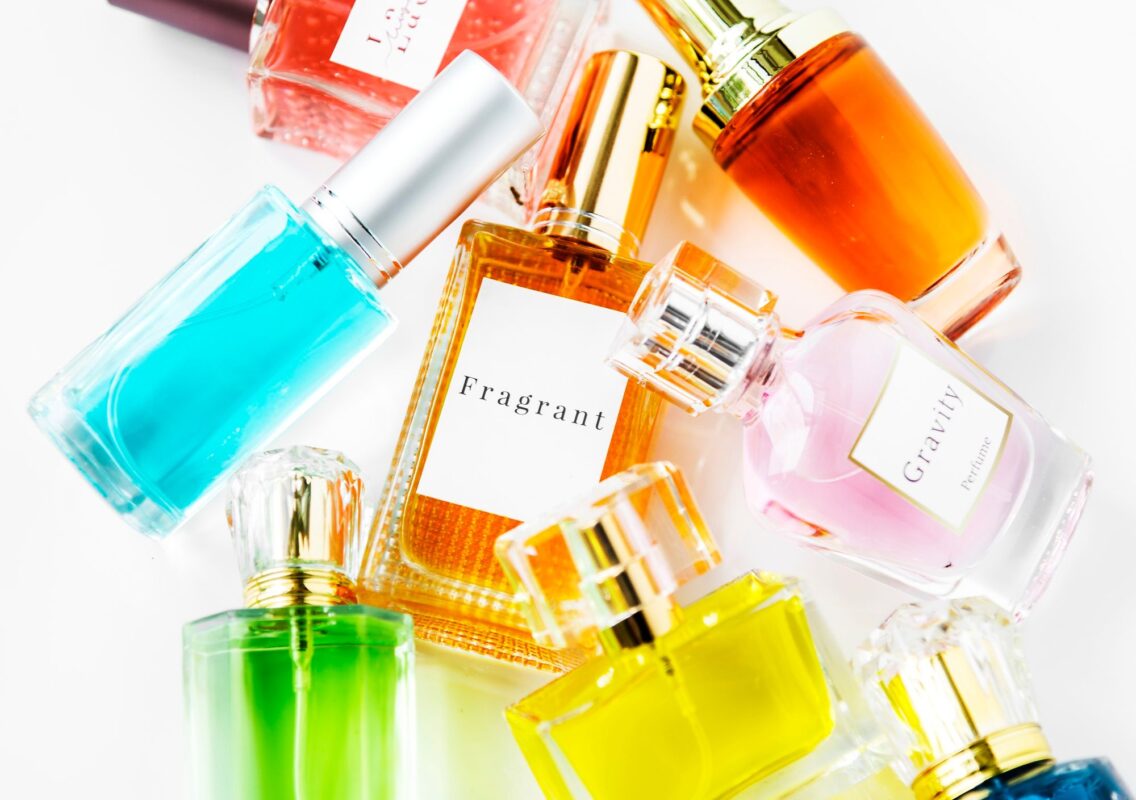Perfumery is the art and science of creating perfumes, which involves blending various aromatic compounds to create unique scents. Perfumes are composed of different fragrance notes that unfold over time, creating a complex and balanced aroma. These notes can be categorized into three main types: top notes, middle notes (also known as heart notes), and base notes.
Top Notes:
These are the initial scents that you smell when you apply the perfume. They are usually light and refreshing but evaporate quickly. Common top notes include citrus (lemon, bergamot, orange), herbal (lavender, basil), and fruity (apple, peach) scents.
Middle Notes (Heart Notes):
The middle notes emerge after the top notes have evaporated. They form the core of the fragrance and are usually more complex and lasting. Popular middle notes include floral scents (rose, jasmine, lily), spices (cinnamon, clove), and certain fruits (blackcurrant, geranium).
Base Notes:
These are the foundation of the perfume and provide depth and longevity. Base notes develop slowly and last for hours. Common base notes include woody scents (sandalwood, cedarwood), oriental notes (vanilla, amber), and animalic notes (musk, civet).
Now, let’s look at how to blend perfumes:
Understanding Fragrance Oils:
Perfumes are typically made using concentrated fragrance oils that represent the different notes. You’ll need to obtain a variety of these oils to create a well-rounded perfume. Make sure to use high-quality oils from reputable suppliers.
Create a Scent Profile:
Decide on the type of perfume you want to create (e.g., floral, oriental, citrusy) and the dominant notes you wish to use. This will serve as the foundation of your perfume blend.
Start Blending:
Begin with the base notes, as they are the longest-lasting. Combine a few base notes that complement each other well. Experiment with different ratios until you achieve a balanced and pleasant combination.
Add Middle Notes:
Now, introduce the middle notes to enhance the complexity of the scent. Carefully blend them with the base notes, keeping in mind the proportions to maintain the desired balance.
Finish with Top Notes:
Lastly, add the top notes to give the perfume its initial burst of freshness. These are the most volatile notes, so use them sparingly. A little goes a long way.
Test and Adjust:
As you blend the perfume, test it on your skin or scent strips to evaluate the scent’s progression over time. Take notes on the quantities used and adjust the blend if needed.
Aging the Perfume:
Allow the perfume to age for a few days or even weeks. This resting period allows the different notes to blend harmoniously, resulting in a smoother fragrance.
Dilution and Alcohol:
Once you are satisfied with the blend, you can dilute it with a carrier oil or alcohol (perfumer’s alcohol) to achieve the desired concentration. The amount of dilution will depend on the strength of the fragrance you want to create.
Storage and Packaging:
Store your finished perfume in a dark, cool place to preserve its scent. Consider investing in proper perfume bottles or containers for packaging.
Creating perfumes takes time, patience, and a lot of trial and error. As you gain experience, you’ll develop a better understanding of how different notes interact and can create more sophisticated and unique blends. Enjoy the creative process and have fun experimenting with different combinations!

